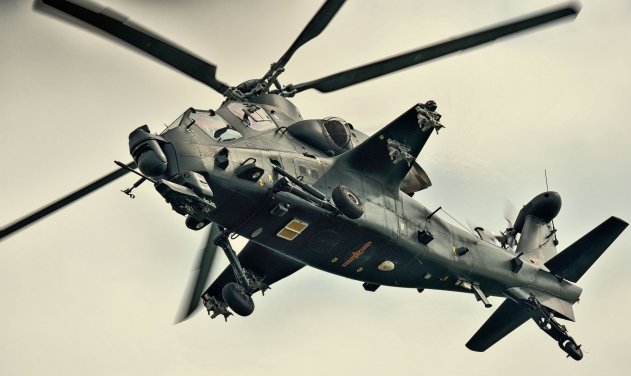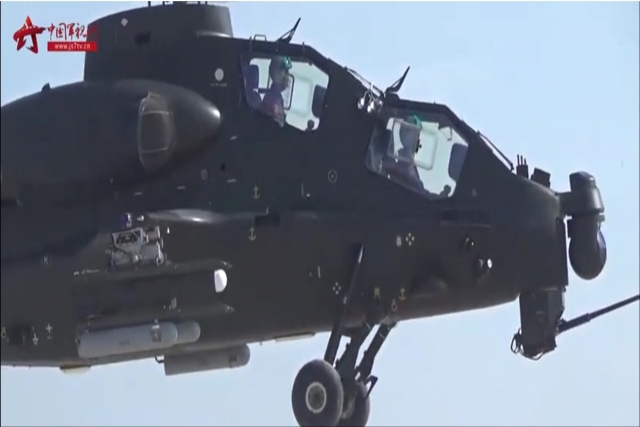Chinese Z-10 Helicopter Unveils New Rocket Launcher in Live-fire Drills
Z-10 is used in anti-tank warfare, close air support, reconnaissance, and other combat missions.

China's fully-armed Z-10 attack helicopters, equipped with a newly introduced airborne rocket launcher, participated in a day-and-night live-fire exercise organized by the Chinese People's Liberation Army (PLA) off the coast of East China's Fujian Province.
The Z-10 attack helicopters, belonging to an aviation brigade associated with the PLA's 73rd Group Army, embarked on a mission fully loaded with munitions. They conducted evasive maneuvers and flew at low altitudes to avoid radar detection as they headed toward designated areas. Subsequently, the helicopters launched successful attacks on maritime targets and island-based objectives, according to state-owned China Central Television (CCTV).
After the initial assault, the helicopters faced multiple waves of additional enemies in close proximity. The exercise continued into the night, with the pilots utilizing night vision goggles and other equipment to carry out strike missions.
During the exercise, the Z-10 helicopters fired a range of weaponry, including guns, rockets, and missiles. Notably, these helicopters were equipped with a new 19-tube rocket launcher, unveiled in September, providing them with enhanced firepower due to the increased number of rockets they can carry, as noted by observers.
The Z-10's ability to carry heavier weapons like the new launcher is likely facilitated by its more powerful domestically developed engines, which have led to an increase in its maximum takeoff weight, according to military experts.
Fu Qianshao, a military aviation expert, revealed to the Global Times about the unique advantages of helicopters in island and landing operations, emphasizing their ability to hover and execute vertical takeoffs and landings without the need for an airfield.
The 73rd Group Army, affiliated with the PLA's Eastern Theater Command responsible for the Taiwan Straits, had previously noted Z-10 helicopters near the island. In addition to the Z-10 attack helicopters, Z-20 utility helicopters also participated in the exercise, as seen in the CCTV report.
The exercise involved the organization of forces responsible for reconnaissance, control, and strikes into various groups with different roles. It introduced a new model for modularizing low-altitude aviation attack forces, tested the effectiveness of weapons and equipment, and evaluated the pilots' skills and tactical prowess.











